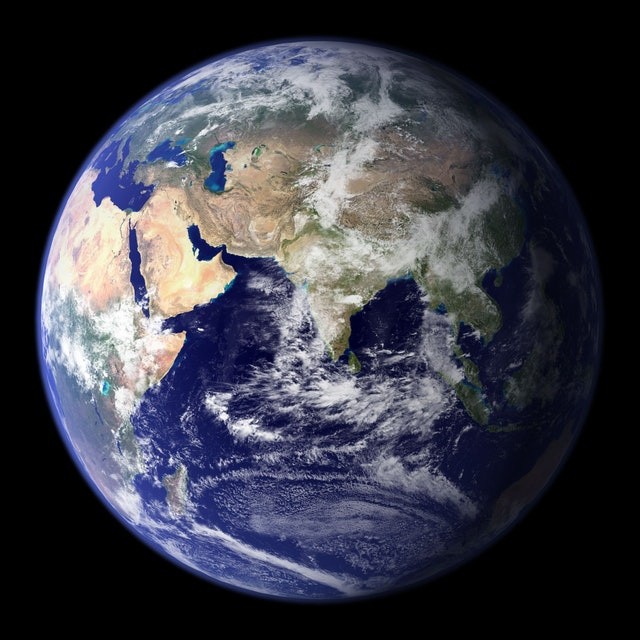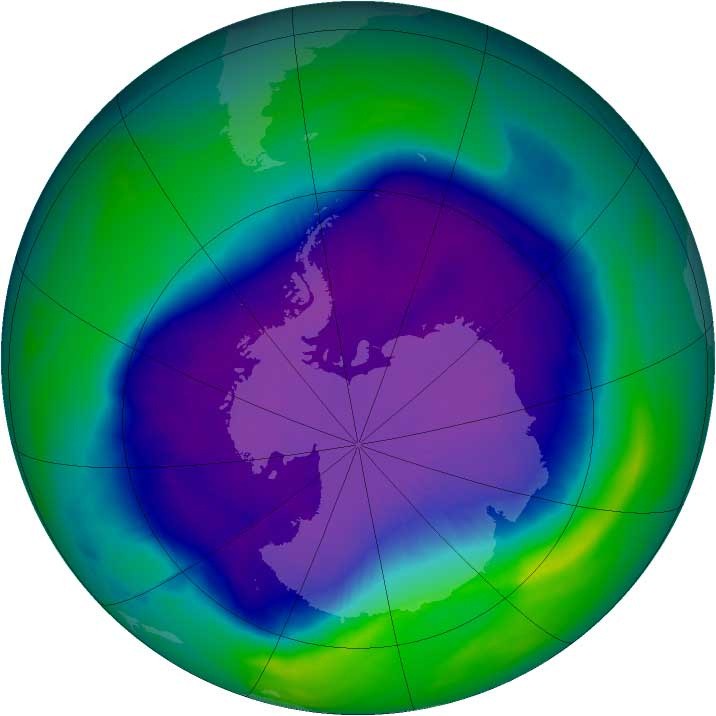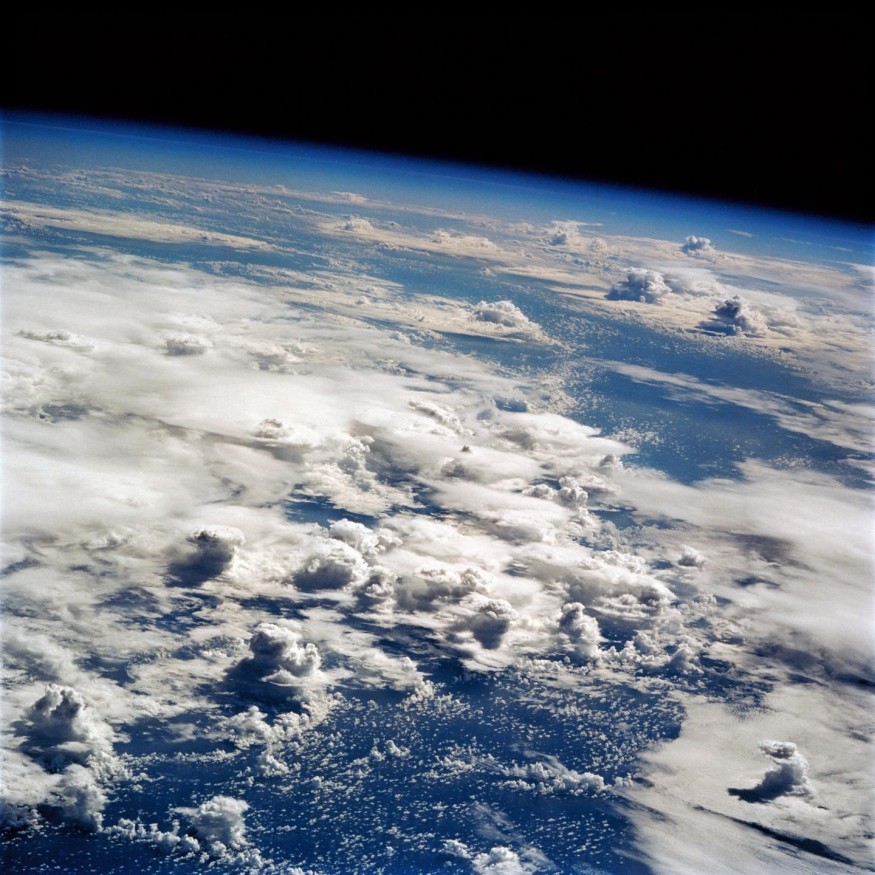According to recent computer simulations, the Earth may have been more unfriendly to life over long periods of the last 2.4 billion years than scientists previously thought.

UV Radiation

Researchers believe the level of ultraviolet (UV) radiation reaching the Earth's surface could have been underestimated, with UV levels up to ten times greater, based on a cutting-edge climate model.
The sun emits UV radiation, harming and destroying physiologically vital substances like proteins.
Related Article : Prehistoric Early Earth Chemicals Discovered Near the Core
Eath's Evolution
The last 2.4 billion years represent an essential chapter in the history of the biosphere. Oxygen levels in the atmosphere increased from nearly zero to considerable amounts, with concentrations varying but finally reaching modern-day levels some 400 million years ago.
More sophisticated multicellular creatures and animals began to colonize land during this epoch.
According to Gregory Cooke, a Ph.D. researcher at the University of Leeds, the findings raise fresh issues regarding the evolutionary influence of UV radiation. He led the study because large doses of UV light badly impact many kinds of life.
"We know that too much UV radiation may have terrible effects on life, such as causing skin cancer in humans," he added, "but some creatures have powerful defensive systems, and many can heal some of the harm UV radiation does."
"While increased concentrations of UV radiation would not prohibit life's origin or evolution, it might have served as a selection pressure, with species better equipped to survive with greater amounts of UV radiation obtaining an advantage."
Today, the scientific journal Royal Society Open Science released a study titled "A revised lower estimate of ozone columns during Earth's oxygenated history."
Atmospheric Research

In the atmosphere, the researchers define the ozone as "one of the most crucial chemicals for life" due to its function in absorbing UV radiation as it passes into the Earth's atmosphere, limiting the quantity of UV radiation reaching the Earth.
Ozone originates from sunlight and chemical reactions-and its concentration depends on the quantity of oxygen in the atmosphere.
For the previous 40 years, scientists had assumed that the ozone layer could shelter life from damaging UV radiation when the quantity of oxygen in the atmosphere reached roughly one percent relative to the present atmospheric level.
The new modeling undermines that assumption. It shows that the oxygen required was substantially higher, maybe 5% to 10% of current atmospheric levels.
This might have been the case for much of Earth's history, and there were periods when UV radiation levels at the Earth's surface were significantly higher as a result.
Using the Data
The data will also lead to new projections for extraterrestrial atmospheres. Planets that circle other stars are known as exoplanets. This study's findings will assist in the scientific knowledge of surface conditions in different worlds, as the existence of specific gases such as oxygen and ozone may suggest that extraterrestrial life exists.
For more Space news, don't forget to follow Nature World News!
© 2025 NatureWorldNews.com All rights reserved. Do not reproduce without permission.





